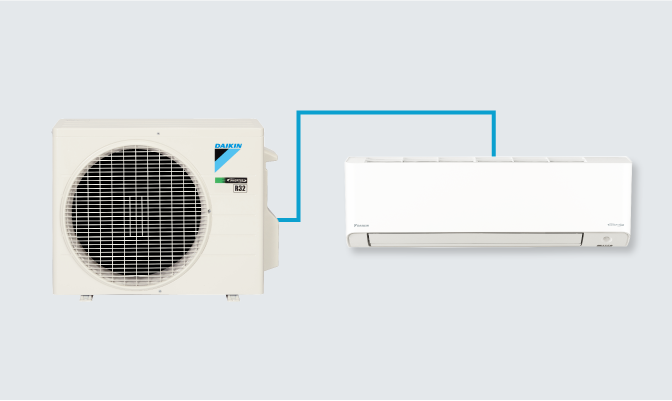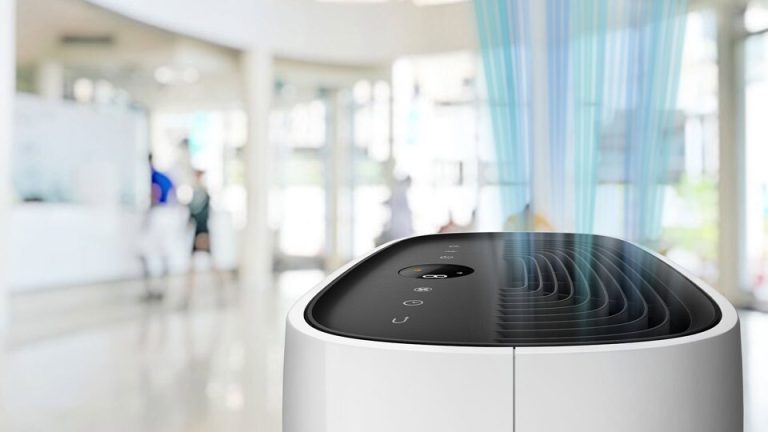A radiator system is a type of heating system commonly used in homes and buildings to provide warmth during colder months. It works by circulating hot water or steam through a network of pipes connected to radiators placed in various rooms or areas. As the hot water or steam passes through the radiators, they release heat into the surrounding air, warming up the space.
Here’s how a typical radiator system works in Arab Technical Group the best Company of radiator systems :
- Boiler or Furnace: The heating process begins with a central heating source, which is typically a boiler or a furnace. The boiler heats water or produces steam, while the furnace generates hot air.
- Circulation: Once the water is heated in the boiler or the steam is generated, it is then pumped or circulated through a network of pipes. In a hot water system, a pump is used to circulate the hot water through the pipes. In a steam system, the steam rises through the pipes due to its natural buoyancy.
- Radiators: The heated water or steam travels through the pipes and enters the radiators located in each room. Radiators are often made of metal and have a series of fins or channels that increase their surface area, facilitating better heat transfer.
- Heat Exchange: As the hot water or steam flows through the radiators, it releases heat into the surrounding air. This process warms up the room or area where the radiator is installed.
- Return Flow: After releasing heat, the water in a hot water system or the condensed steam in a steam system returns to the boiler or furnace through a separate set of pipes. In a hot water system, the returning water is usually cooler, and the boiler reheats it for the next cycle. In a steam system, the condensed steam becomes water again and is returned to the boiler to be reheated and turned into steam once more.
- Thermostat Control: The radiator system is usually controlled by a thermostat that senses the indoor temperature. When the temperature falls below the set level, the thermostat signals the boiler or furnace to start the heating process and maintain the desired temperature.
The cycle of heating and cooling continues as needed to maintain a comfortable indoor temperature. Radiator systems can be adjusted and zoned to provide heat to specific areas independently, allowing for better energy efficiency and personalized comfort levels.
It’s essential to ensure proper maintenance of the radiator system, including bleeding air from the radiators and checking for leaks or other issues, to ensure it operates efficiently and effectively.







